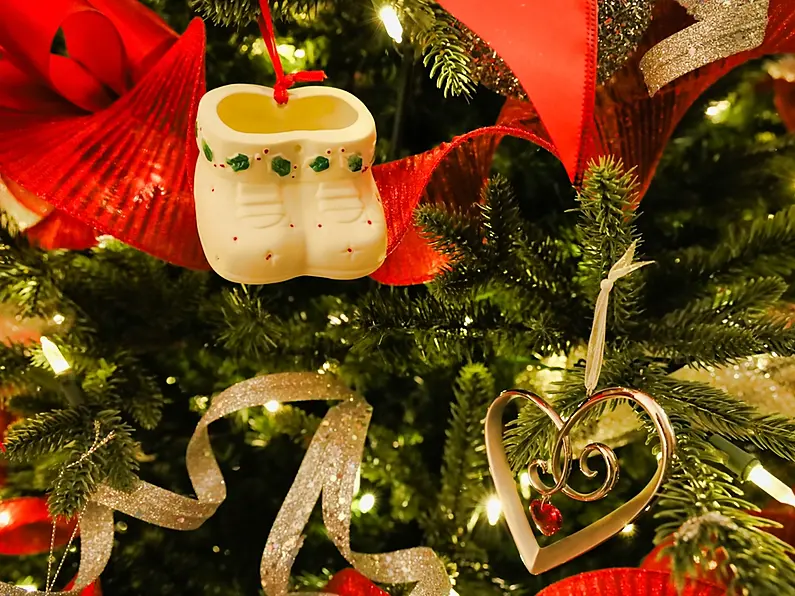Wondering how to burp your baby? If you are, trust us, you're not alone.
Wind is air that your baby has swallowed while feeding, crying or yawning.
These little bubbles can cause a lot of discomfort and pain in their tiny stomachs, so it's important that you help your baby burp to get rid of them.
While wind is common from the newborn stage to about three months as your baby's digestive system matures, not every baby is windy.
Signs of trapped wind
Common signs include squirming or crying during a feed, or looking uncomfortable and in pain if laid down after feeds.
Some babies need a little more help than others to release wind, but there's no rule book as to when or how you do it.
Here are some tips that might help though:
- hold your baby in an upright position against your shoulder and rub or gently pat their back
- sit your baby on your lap facing away from you. Place the palm of your hand flat against their chest and support their chin and jaw (don't put any pressure on the throat area). Lean your baby forwards slightly and with your free hand, gently rub or pat your baby's back
- lie your baby across your lap face down. Supporting their chin (don't put any pressure on the throat area), use your free hand to gently rub or pat your baby's back.
How to burp your baby
Every baby is unique and you will get to know their little cues.
But here are some general tips that might help your baby burp:
- skin-to-skin contact may relax your baby and wind may break more easily
- after feeding, keep your baby in an upright position
- walk with your baby in your arms or in a baby sling - the upright position gently helps to relax them
- put a gentle little bump or bounce in your walk
- try the 'magic baby hold' - hold your baby's back against your tummy. Their tummy should rest on your crossed arms. Their legs and arms should gently fall either side of your arms
- respond as quickly as possible to your baby crying. Leaving a baby to cry will cause more air to be swallowed and will worsen wind.
Spit up
Your baby may bring some milk up while burping, so have a burp cloth or muslin square ready.
This is perfectly normal and nothing to worry about.
Check out this article to help you estimate how much milk your baby is bringing up.
Breastfeeding tips
If you're breastfeeding, make sure your baby is attached well to the breast to avoid them sucking in wind.
Ask your public health nurse or lactation consultant to observe a breastfeed if you need help.
Hand expressing a small amount of milk before feeding can also help to slow down the flow of milk.
Formula feeding tips
If you're formula feeding your baby, wind them during and after each feed as this may help ease the build-up of wind.
You can get special bottle teats that reduce flow, and you should always ensure the teat and bottle neck are full of milk.
Never let your baby suck on the bottle when the feed is finished or when only milk bubbles are left.
It's also a good idea to feed your baby in a slightly upright position, rather than lying them flat while you are feeding them their bottle.







